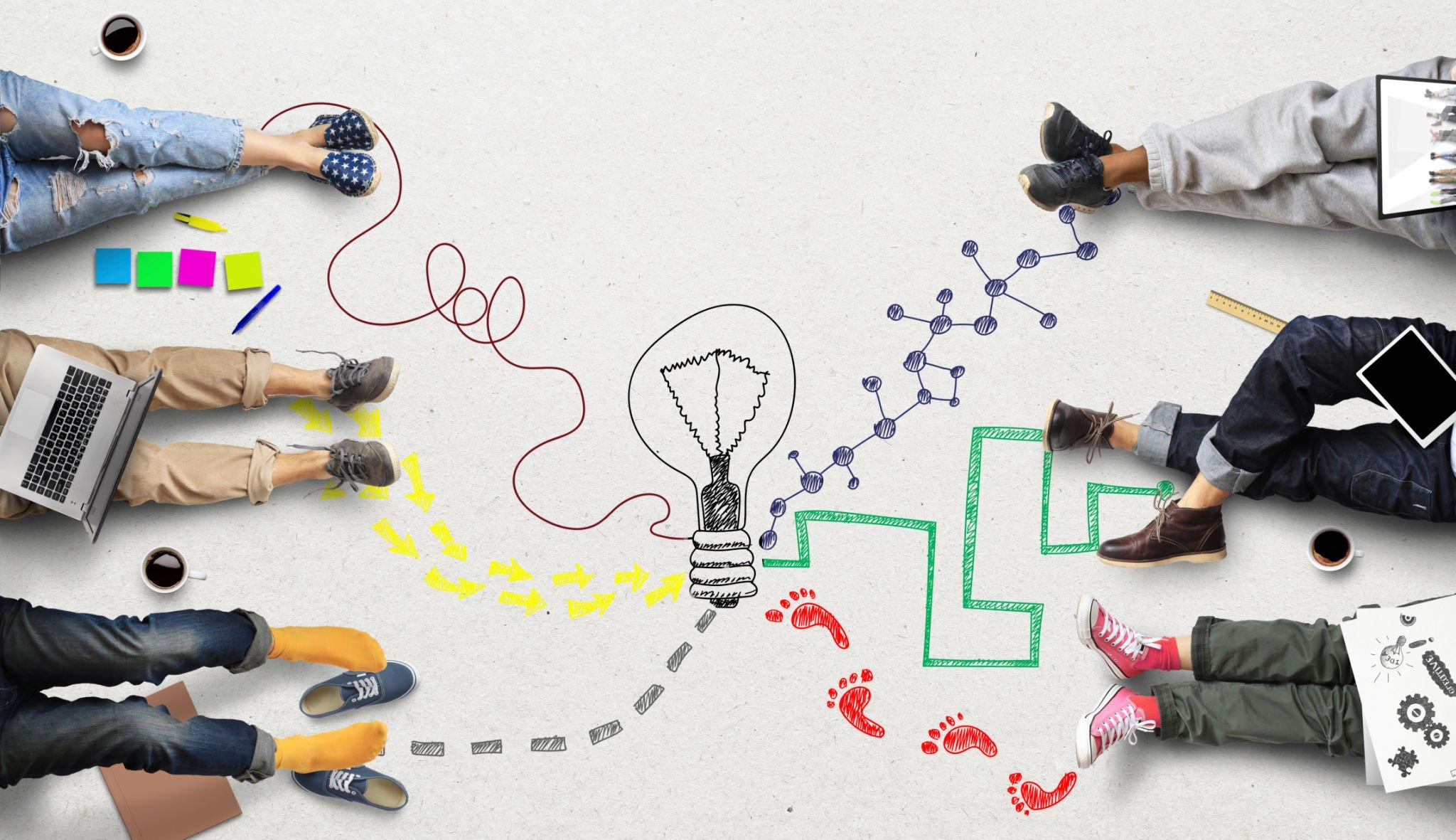Blended Learning in the Digital Age: A Comprehensive Overview
In the dynamic realm of education, the influence of blended learning is increasingly pronounced, steering a transformative course through conventional teaching practices and ushering in a more vibrant and impactful learning journey. Our in-depth exploration of blended learning in the digital age unravels its intricacies, encompassing its definition, advantages, implementation tactics, and the profound effects it exerts on both educators and learners. For an enriched understanding of this educational paradigm, delve into our comprehensive guide on Blended Learning.
Understanding Blended Learning
Blended learning, often referred to as hybrid learning, combines traditional face-to-face instruction with online learning components. This flexible approach aims to leverage the strengths of both in-person and digital learning, creating a more personalized and engaging educational experience.
It’s not about replacing teachers with technology but rather enhancing the learning process by integrating the best of both worlds.
The Key Components of Blended Learning
Blended learning typically consists of three main components:
In-Person Instruction: This traditional element involves teachers delivering content in a physical classroom setting, allowing for direct interaction, real-time feedback, and hands-on activities.
Online Learning: The digital component encompasses various online resources, including videos, interactive modules, and assessments. These materials can be accessed anytime, anywhere, providing flexibility for students to pace their learning.
Student Autonomy: Blended learning encourages students to take ownership of their learning journey. They have the autonomy to choose when and where to engage with online content, fostering a sense of responsibility and self-discipline.
Benefits of Blended Learning
Personalized Learning: One of the primary advantages of blended learning is its ability to cater to diverse learning styles. The combination of in-person and online elements allows for a more personalized approach, accommodating the individual needs and preferences of students.
Flexibility and Accessibility: Blended learning breaks down geographical barriers and time constraints. Students can access digital resources at their convenience, promoting a more inclusive and accessible educational environment.
Enhanced Engagement: The integration of multimedia elements in online learning materials captures students’ attention and enhances engagement. Interactive content, such as quizzes and discussions, adds a dynamic layer to the learning process.
Real-time Feedback: In-person instruction enables immediate feedback from teachers, while online assessments provide instant results. This feedback loop contributes to a more iterative and responsive learning experience.
Preparation for the Digital World: Blended learning equips students with digital literacy skills essential for the modern workforce. As technology continues to play a pivotal role in various industries, this preparation is invaluable for future success.
Strategies for Successful Blended Learning Implementation
Clear Learning Objectives: Begin by defining clear learning objectives for both in-person and online components. This ensures that the curriculum is cohesive and aligned with educational goals.
Technology Integration: Select and integrate appropriate technology tools that complement the learning objectives. This may include learning management systems, video conferencing platforms, and interactive content creation tools.
Training and Support: Provide comprehensive training for educators to effectively use digital tools and navigate the challenges of blended learning. Ongoing support is crucial to address any issues and foster a positive learning environment.
Assessment and Evaluation: Develop a robust assessment strategy that combines traditional methods with online assessments. Regular evaluations help gauge student progress and the effectiveness of the blended learning approach.
Continuous Improvement: Embrace a mindset of continuous improvement. Gather feedback from both educators and students to identify areas for enhancement and refine the blended learning model over time.
The Impact of Blended Learning on Education
As blended learning becomes more prevalent, its impact on education is becoming increasingly evident. Some notable effects include:
Increased Student Achievement: Studies show that students in blended learning environments often outperform their peers in traditional settings. The combination of personalized learning and varied instructional methods contributes to increased academic success.
Teacher Empowerment: Blended learning empowers educators to leverage technology in innovative ways, creating a more dynamic and responsive teaching environment. This shift can lead to increased job satisfaction and professional development opportunities.
Preparation for the Future: By embracing digital tools and adapting to changing educational paradigms, students are better prepared for the demands of the future workforce. Blended learning equips them with the skills needed in an increasingly digital and interconnected world.
Conclusion
Blended learning in the digital age represents a transformative approach to education, combining the best aspects of traditional and online learning. As schools and institutions continue to adopt and refine blended learning models, the potential for enhanced student outcomes and a more dynamic educational experience becomes increasingly promising.
The journey towards a comprehensive understanding of blended learning is not just an exploration of technology; it is a path towards reshaping the future of education.




